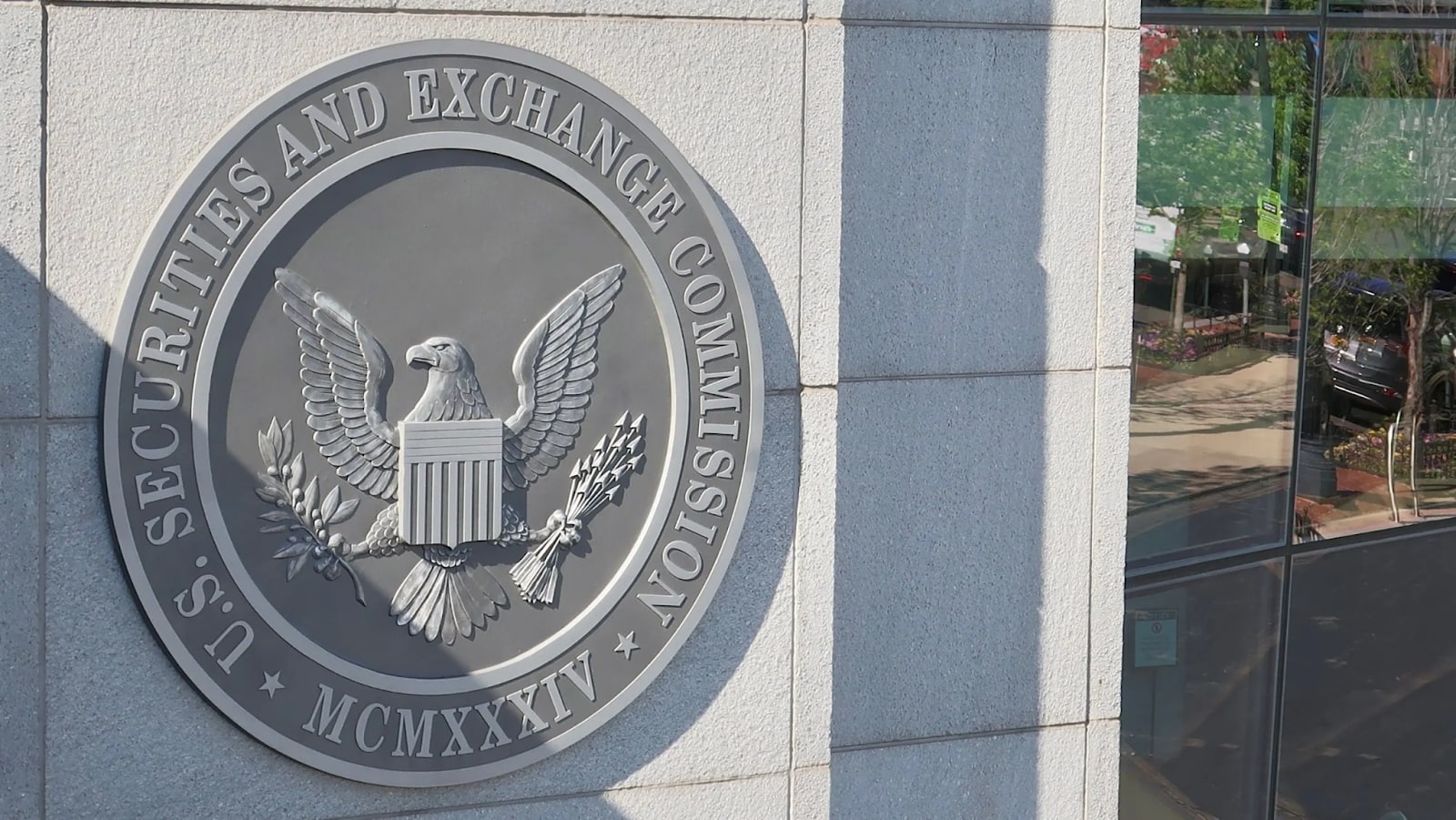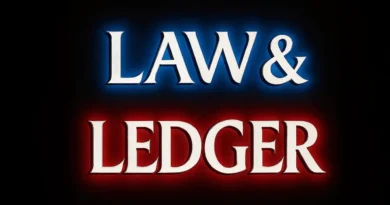Staking’s Roadmap: POSA Playbook Meets the Push for SEC Clarity
Key Takeaways:
- POSA Playbook establishes unified best practices for staking providers across security, transparency, governance and resilience.
- Over thirty leading crypto organizations have petitioned the SEC to clarify that staking is a network utility, not a security offering.
- Coordinated standards and regulatory guidance can unlock institutional capital and drive further innovation in the $370 billion PoS ecosystem.
POSA Playbook: Setting the Bar
The Proof-of-Stake Alliance (POSA) released its Playbook to harmonize operations among validators, custodians and staking platforms. Recognizing that a fragmented landscape undermines trust, POSA distilled core principles into an actionable framework: robust custody safeguards, on-chain proof-of-reserves attestations, clear fee and yield disclosures, incident-response protocols and regular third-party audits. By offering a single reference point for operational excellence, the Playbook aims to transform ad-hoc practices into a reliable, interoperable foundation for retail users and large institutions alike.

Advantages of a Unified Staking Framework
Having a common operational blueprint accelerates growth and minimizes risk across the staking ecosystem. Providers can streamline integrations with wallet apps, exchanges and DeFi protocols by adhering to the same APIs and reporting formats. End users benefit from predictable, consistent interfaces for delegating assets and monitoring rewards. Shared security guidelines mean fewer high-profile exploits, while standard incident-response playbooks allow service providers to cooperate during outages or attacks. Institutions looking to enter staking markets gain clarity on risk parameters—custody, slashing, governance structures—so they can onboard at scale without bespoke due diligence for each platform. Ultimately, unified practices reduce costs for operators and foster a more resilient network that attracts new capital and participation.
The Coalition’s Ask of the SEC
Despite staking’s rapid growth—Ethereum’s PoS merge unlocked over $20 billion in staked assets—regulatory ambiguity has dampened institutional interest. To address this, more than thirty exchanges, infrastructure firms and wallets joined the Crypto Council for Innovation in petitioning the SEC. Their core message: staking secures network consensus and finality, and so long as rewards are protocol-defined rather than the result of third-party management, they do not constitute securities. The coalition urges the SEC to issue interpretive guidance that:
- Affirms native protocol staking is outside securities jurisdiction.
- Defines which custodial or managed-staking arrangements require broker-dealer or investment-advisor registration.
- Distinguishes between genuine securities offerings and routine network-security services.
By drawing parallels to the SEC’s position on proof-of-work mining and memecoins, the letter argues for clear boundaries that protect consumers without stifling innovation.
Staking as Network Infrastructure
Staking underpins the security and decentralization of proof-of-stake blockchains. When token holders lock assets as collateral to validate blocks, they create economic incentives aligned with network health and consensus integrity. Misbehavior triggers slashing penalties, deterring malicious actors. The result is a robust, permissionless system in which distributed validators secure transactions and finalize new blocks—functions analogous to routing packets in the internet or securing servers in cloud computing.
Treating staking as a core infrastructure service rather than an investment contract allows regulation to focus on consumer protections—such as custody safeguards and clear disclosures—while preserving the protocol’s technical autonomy. This distinction is crucial for unlocking new use cases: liquid staking derivatives in DeFi, staking-backed collateral models in lending, and tokenized governance mechanisms across ecosystems.
Aligning Standards with Regulation
Building a robust staking ecosystem requires parallel progress on two fronts. First, industry players must demonstrate adherence to POSA’s Playbook through real-world pilots and shared audit disclosures. Validators, custodians and staking platforms should publish common performance metrics, proof-of-reserve attestations and incident-response reports. Second, the industry must continue its dialogue with the SEC—submitting data, model compliance frameworks and legal analyses to inform rulemaking. A synchronized approach—where technical best practices inform regulatory safe harbors—ensures that guidelines become enforceable norms rather than voluntary ideals.
This coordinated path enables regulators to differentiate between protocol-native staking and third-party investment offerings. Clear guardrails remove legal uncertainty, enabling institutional asset managers to integrate staking into diversified portfolios. Meanwhile, developers gain confidence to build innovative staking-based products without fear of retroactive enforcement.
Quantifying Staking’s Impact
- $370 billion in combined market capitalization across PoS networks, representing roughly 13 percent of global crypto value.
- 20 percent year-over-year growth in total value locked in staking, surpassing $330 billion in Q1 2025.
- 15.4 percent average annualized staking yield for top-ten PoS tokens, up from 13.9 percent in Q4 2024.
- Over 1 million daily block validations secured through PoS consensus, demonstrating scalability and resilience.
With unified standards in place and regulatory clarity on the horizon, staking is poised to attract significant institutional capital, catalyze new DeFi innovations and cement proof-of-stake as the backbone of a decentralized internet.
More News: Coinbase Asks a Court to Declare Crypto Not a Security: A Landmark Legal Battle with the SEC
The post Staking’s Roadmap: POSA Playbook Meets the Push for SEC Clarity appeared first on CryptoNinjas.
CryptoNinjas




















